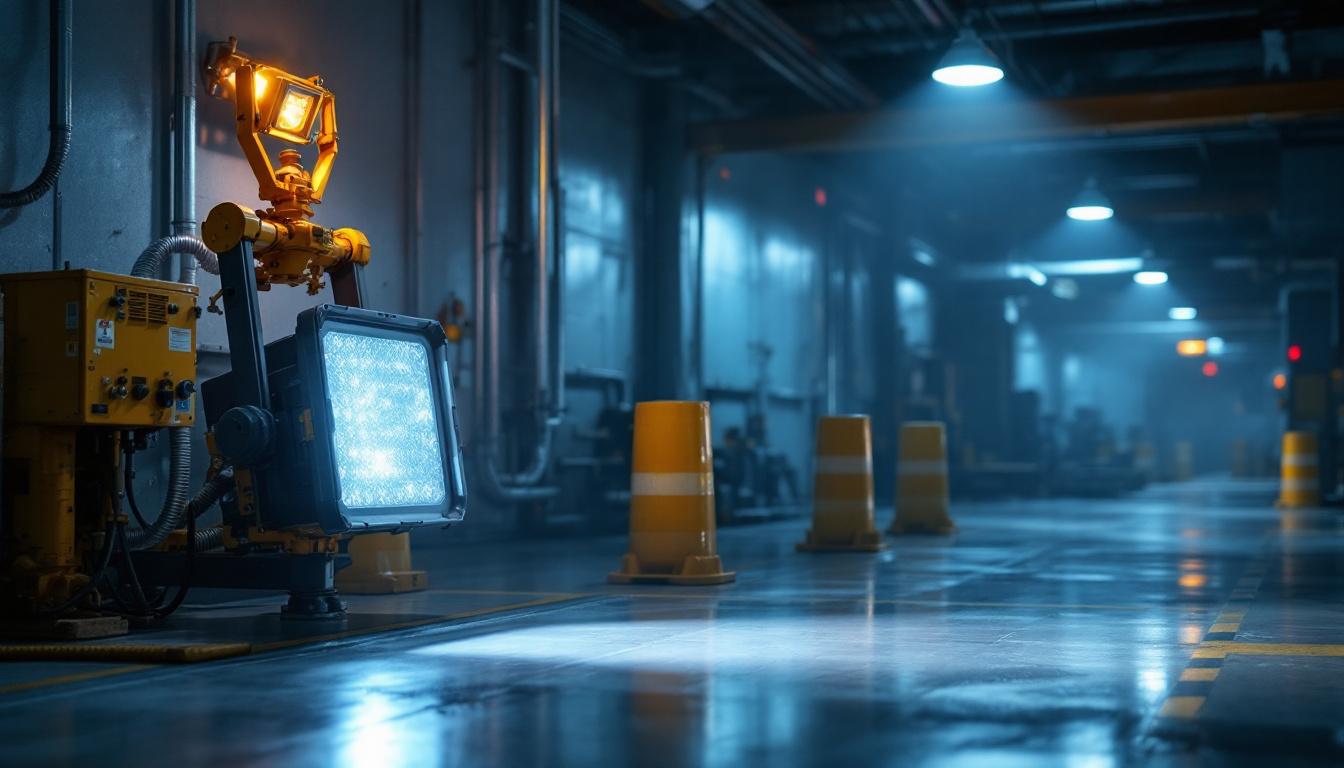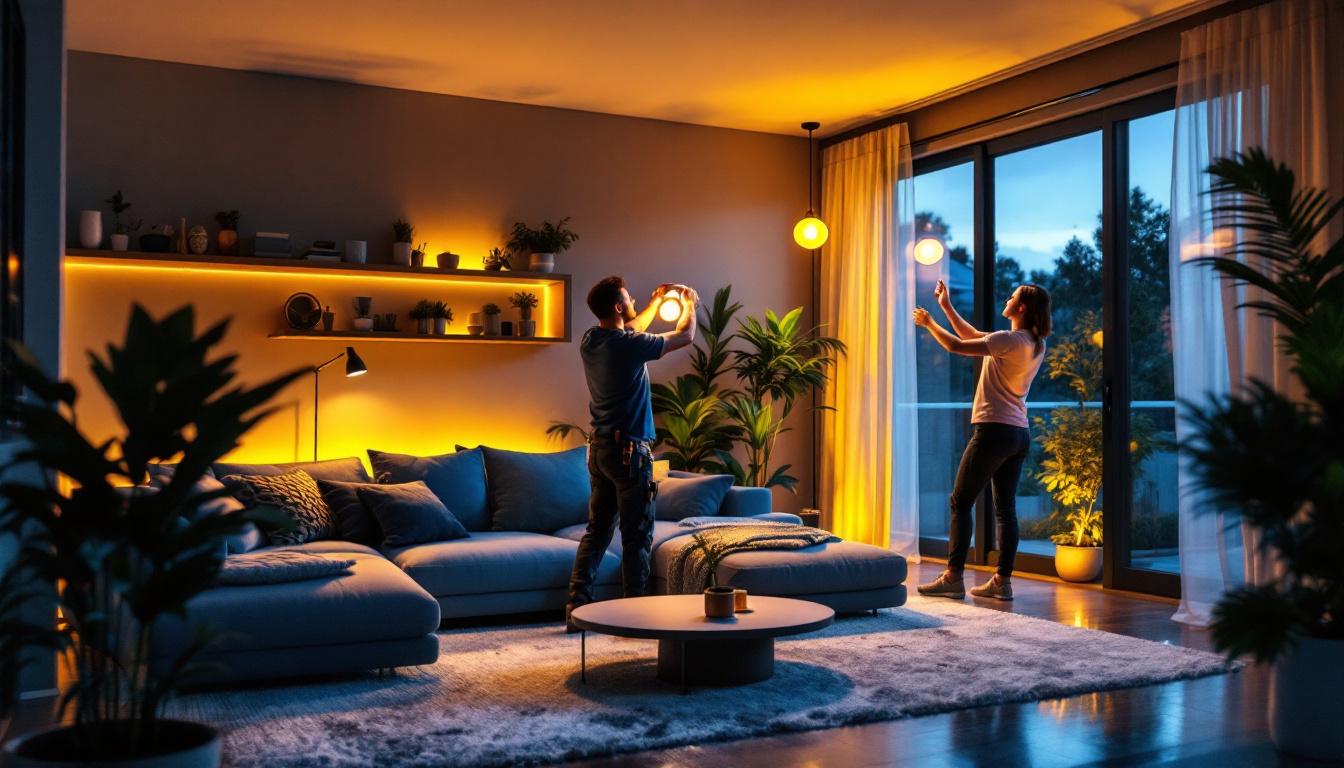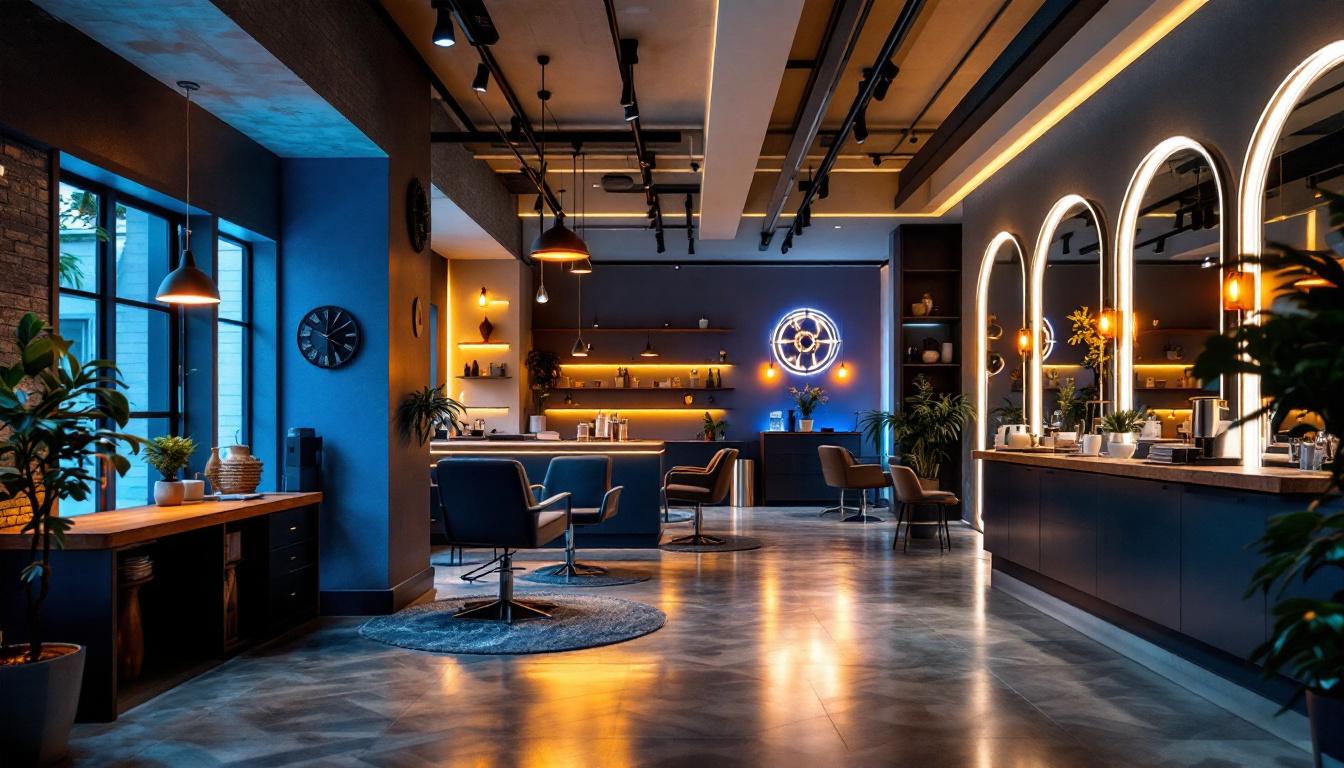
In industries where flammable gases, vapors, or dust are present, the importance of proper lighting cannot be overstated. Hazardous area lighting is not just about visibility; it is a critical component of safety and compliance in environments where risk is inherent. This article aims to provide a comprehensive overview of hazardous area lighting, its applications, regulations, and best practices for lighting contractors.
Before delving into the specifics of hazardous area lighting, it is essential to understand what constitutes a hazardous area. These areas are classified based on the presence of flammable substances and the likelihood of an explosive atmosphere. The implications of these classifications extend beyond mere compliance; they are vital for ensuring the safety of personnel and the integrity of equipment in environments where the risk of fire or explosion is heightened.
Hazardous areas are typically classified into Zones or Divisions, depending on the regulatory framework in use. In the IEC (International Electrotechnical Commission) system, areas are classified into Zones 0, 1, and 2, while the NEC (National Electrical Code) uses Divisions 1 and 2. Each classification indicates the frequency and duration of the presence of hazardous materials. This classification system not only helps in identifying the potential risks but also guides the selection of appropriate equipment and safety measures tailored to each specific environment.
Zone 0 represents areas where explosive gas atmospheres are present continuously, while Zone 1 is where they are likely to occur in normal operation. Zone 2 is where such atmospheres are not likely to occur but may exist for short periods. Understanding these classifications is crucial for selecting the appropriate lighting solutions. For instance, lighting fixtures in Zone 0 must be designed to prevent any ignition sources, often requiring specialized enclosures and materials that can withstand extreme conditions. This level of detail in planning ensures that safety is prioritized and that operations can continue without undue risk.
Hazardous areas can contain a variety of materials that pose risks, including flammable gases, vapors, and combustible dust. Common examples include petrochemical facilities, grain storage, and wastewater treatment plants. Each type of material requires specific considerations regarding the lighting solutions used to ensure safety and compliance. For example, in environments where combustible dust is prevalent, such as grain silos, lighting must be designed to minimize the risk of ignition from heat or sparks, often necessitating the use of dust-tight fixtures.
Moreover, the nature of the hazardous materials can influence the choice of lighting technology. LED lights, for instance, are becoming increasingly popular in these settings due to their energy efficiency and lower heat output, which reduces the risk of ignition in flammable atmospheres. Additionally, the placement and maintenance of lighting fixtures in hazardous areas are critical; regular inspections and adherence to maintenance schedules are essential to ensure that all equipment remains in optimal working condition and continues to meet safety standards. This proactive approach not only enhances safety but also contributes to the longevity and reliability of the lighting systems deployed in these challenging environments.
Compliance with regulatory standards is paramount in hazardous area lighting. Various organizations set forth guidelines that lighting contractors must adhere to when designing and installing lighting systems in these environments.
Standards such as the IEC 60079 series and the NEC provide guidelines for equipment used in hazardous areas. These standards dictate the types of fixtures, installation practices, and maintenance protocols that must be followed to minimize the risk of ignition.
Additionally, local regulations may impose further requirements. It is crucial for lighting contractors to stay informed about both international and local standards to ensure that their installations are compliant and safe.
Certification of lighting fixtures is a critical aspect of hazardous area lighting. Equipment must be tested and certified for use in specific hazardous environments. This certification process ensures that the equipment can withstand the conditions present in these areas without posing a risk of ignition.
Contractors should only source lighting products from reputable manufacturers that provide clear documentation of compliance with applicable standards. This not only ensures safety but also protects the contractor from liability issues.
Selecting the appropriate lighting solutions for hazardous areas involves a careful assessment of various factors, including the type of hazardous materials present, the area classification, and the specific lighting requirements of the environment.
There are several types of lighting fixtures designed specifically for hazardous areas, including LED, fluorescent, and high-intensity discharge (HID) lights. Each type has its advantages and disadvantages, depending on the application.
LED fixtures are becoming increasingly popular due to their energy efficiency, long lifespan, and low heat output. They are ideal for environments where heat could contribute to ignition risks. Fluorescent lights, while less efficient than LEDs, are still widely used in many hazardous applications. HID lights provide high-intensity illumination but may not be suitable for all hazardous environments due to their heat output.
Effective lighting design in hazardous areas requires a thorough understanding of the specific needs of the environment. Factors such as light intensity, distribution, and color temperature must be considered to ensure optimal visibility and safety.
Lighting contractors should conduct a detailed site assessment to determine the appropriate lighting levels required for the specific tasks performed in the area. This assessment should take into account not only the existing hazards but also potential changes in operations that could affect lighting needs.
Proper installation of hazardous area lighting is crucial for ensuring safety and compliance. Lighting contractors must follow best practices to minimize risks and ensure that the lighting system functions effectively.
When installing lighting fixtures in hazardous areas, careful consideration must be given to mounting and positioning. Fixtures should be installed at appropriate heights and angles to avoid obstruction and ensure optimal illumination.
Additionally, fixtures should be securely mounted to prevent movement or damage that could expose wiring or electrical components. Adequate clearance should be maintained around fixtures to allow for maintenance and prevent heat buildup.
Electrical connections in hazardous areas must be made with extreme care to prevent ignition sources. Use of explosion-proof conduits and fittings is essential to protect wiring from potential hazards.
Contractors should also ensure that all electrical connections are properly sealed and protected from moisture and contaminants. Regular inspections and maintenance of electrical systems are necessary to identify any potential issues before they become serious hazards.
Regular maintenance and inspection of hazardous area lighting systems are vital for ensuring ongoing safety and compliance. A proactive maintenance approach can help identify potential issues before they lead to accidents or failures.
Routine inspections should be conducted to assess the condition of lighting fixtures, electrical connections, and wiring. Any signs of wear, damage, or corrosion should be addressed immediately to prevent safety hazards.
Documentation of inspections and maintenance activities is essential for compliance with regulatory standards. This documentation serves as evidence of due diligence and can be crucial in the event of an incident.
As technology advances, upgrading lighting systems in hazardous areas may become necessary. Newer lighting technologies, such as LED fixtures, offer improved efficiency and safety features that can enhance overall performance.
Contractors should stay informed about the latest advancements in hazardous area lighting and assess whether upgrades are warranted based on the specific needs of the facility. Implementing modern lighting solutions can lead to significant long-term benefits in terms of energy savings and safety.
While hazardous area lighting is essential for safety, it also presents unique challenges that lighting contractors must navigate. Understanding these challenges can help contractors develop effective solutions that meet the needs of their clients.
Hazardous areas often present harsh environmental conditions, including extreme temperatures, humidity, and exposure to chemicals. Lighting fixtures must be designed to withstand these conditions without compromising safety or performance.
Contractors should select fixtures with appropriate ingress protection (IP) ratings to ensure they are suitable for the specific environmental conditions present in the area. This consideration is critical for maintaining the longevity and reliability of the lighting system.
While investing in high-quality hazardous area lighting is essential for safety, cost considerations cannot be ignored. Lighting contractors must balance the need for compliance and safety with budget constraints.
It is often beneficial to conduct a cost-benefit analysis to determine the most effective lighting solutions that meet both safety and budgetary requirements. This analysis should consider not only the initial investment but also long-term operational costs and potential savings from energy-efficient solutions.
The field of hazardous area lighting is continually evolving, with new technologies and practices emerging to enhance safety and efficiency. Staying informed about these trends is essential for lighting contractors looking to remain competitive and provide the best solutions for their clients.
One of the most significant trends in lighting technology is the integration of smart lighting solutions. These systems utilize sensors and automation to optimize lighting levels based on occupancy and environmental conditions.
In hazardous areas, smart lighting can enhance safety by ensuring that lighting is only active when needed, reducing energy consumption and heat generation. Contractors should explore the potential benefits of integrating smart technologies into their lighting designs.
As industries increasingly focus on sustainability, energy-efficient lighting solutions are becoming a priority. LED technology, in particular, offers significant energy savings and reduced environmental impact.
Contractors should advocate for the adoption of energy-efficient lighting solutions in hazardous areas, emphasizing the long-term benefits of reduced energy costs and lower carbon footprints. This approach not only enhances safety but also aligns with broader sustainability goals.
Hazardous area lighting is a critical aspect of safety in environments where flammable materials are present. Understanding the classifications, regulations, and best practices associated with hazardous area lighting is essential for lighting contractors tasked with designing and installing these systems.
By staying informed about the latest technologies and trends, contractors can provide effective and compliant lighting solutions that enhance safety and efficiency. With a proactive approach to maintenance and inspection, lighting systems can continue to operate safely and effectively, ensuring the well-being of personnel and the integrity of operations in hazardous environments.
Ready to enhance the safety and efficiency of your hazardous area lighting? Look no further than LumenWholesale for the highest quality, spec-grade lighting products at unbeatable wholesale prices. Our selection is meticulously crafted to meet the strictest industry standards, ensuring your projects are equipped with reliable and high-performance lighting solutions. Plus, with the convenience of free shipping on bulk orders, you can secure premium lighting at the best value without any hidden fees. Elevate your lighting installations by choosing Wholesale Lighting at the Best Value with LumenWholesale, where quality, affordability, and convenience converge.

Discover how LED pancake lights are revolutionizing the lighting industry and becoming an essential tool for contractors.

Discover everything lighting contractors need to know about Type A light bulbs in this comprehensive guide.

Discover the ideal color temperature for talking head videos with our comprehensive guide tailored for lighting contractors.

Discover innovative salon lighting ideas that not only enhance ambiance but also boost profitability.